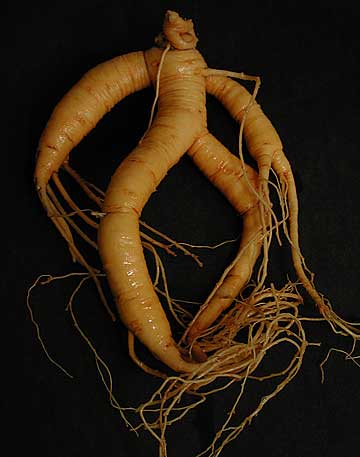

#Actual mandrake root full#
When it accumulated in to a full month they treated as something dirty and avoided all good activities during that period. When the Vedic society used a lunar calendar unlike our modern solar calendar there was always a few days left as balance at the end of each year. The ‘Brahmanas’, the books that came immediately after Vedic Samahitas, call No13 a dirty number because the thirteenth month is called a dirty (mala) month. But this belief about No13 has a different origin.

This is because that Judas, who betrayed Jesus was the thirteenth person at the Last Supper. Unlucky No.13: The Christians think that number 13 unlucky. Some people compare it with the Saiva Siddhanta principle of Pasu, Pati,Pasam (Father,Son and Holy Spirit).Ģ1. they utter 12 (Dwathasa) names of Lord Vishnu and touches 12 places in the body. They do it at least thrice a day when they do Sandyavandhana i.e. Aum or Om-the eternal sound is the highest mantra in the Vedas, which is used even by the Jains, Buddhists and Sikhs.Ģ0.Cross over the body: The Christians putting cross the body to avoid evil is nothing but ‘Achamanam’ done by the Brahmins every time they want to purify themselves. The Vedas call this word as Sabda Brahman or the Nada Brahman (The God in Sound form). The Word: The Bible says that The Word was in the beginning and God created the world from the word. The roots of mandrake look like humans.ġ9. People believed it would grow under dead man’s gallows. In Homeopathy, a tincture is prepared from the plant parts. We still don’t know whether it would cure impotency. They used it to get pain relief and sleep. It was used in small doses during operations in ancient times. These chemicals can cause delirium and madness in large doses. Modern research shows it has some chemicals like atropine, scopolamine, apoatropine and hyociamine. Ancient people believed that it has got several magical properties. Mandrake’s botanical name is Mandragora officianarum (Manthira koraik kizangu in Tamil). Both these plant species may be different but the custom of hanging plants like neem leaves or Korai grass for medical reasons has been there for long. Even today Tamils in India hang the Gorai grass in their houses during Pongal or the Sankaranti festival. Barren women in the Near East hung the roots up in their houses. This is made up of two Sanskrit words mandra gorai meaning magical root. The scholars who identified this plant say that there is an alkaloid called mandragorine in it. Rachael’s barrenness was ended with the birth of Joseph after she had begged her sister ‘Give me, I pray thee, of thy son’s mandrakes’(Genesis 30). The Bible mentions a magic plant called ‘Mandrake’. *The word Lebanon in the Bible meaning ‘white’ is a corrupted from of the Sanskrit word ‘Lavanam’/salt which is also white.ġ8.MANDRAKE ( Mantra+ Gora= a root with magical properties) Actually it is the mirror image of the word ANNAM. Vedic priests recite a mantra AHAM ANNAM AHAM ANNAM………. It is nothing but a corruption of the Sanskrit word Annam meaning food. Manna:The food that fell from the heaven according to the Bible is Manna. Now we look at few more words in detail:ġ7. In the first part of the article, I have already dealt with some of the words from the above list. List of Sanskrit words found in the Bible: Kinnor (Kinnara =musical ), Manna (annam=food),Madrake (mantra root=magical vegetable), Kapi (ape=monkey), Tuke (Siki=peacock),Tukum (suka=parrot), Amen (Om=Hindu prayer), Mass (Namaskaram=namaz=mass), Ibha (elephant), Nova (nava=new), Adam and Eve (Atma, Jeevatma), Abraham (Ibrahim= Abi Raman)

(Please read the first part before you read this section: London Swaminathan)


 0 kommentar(er)
0 kommentar(er)
